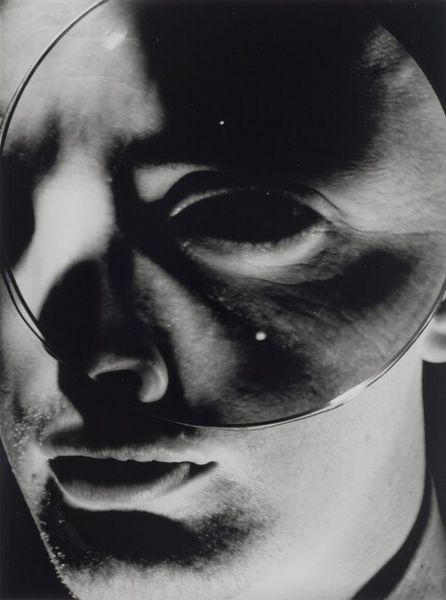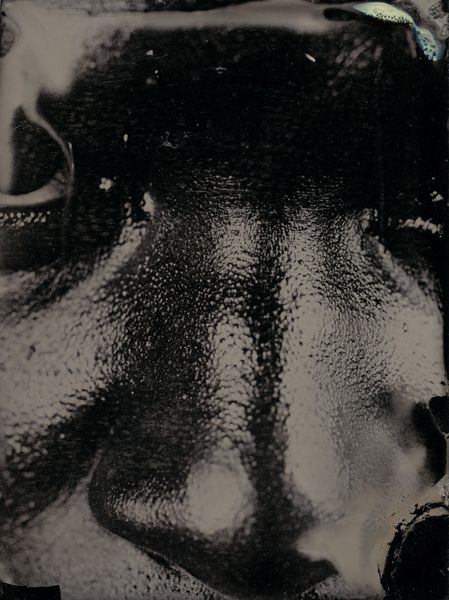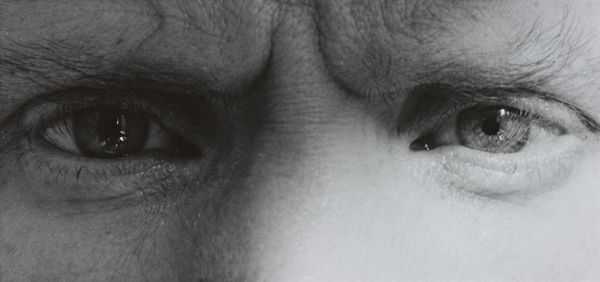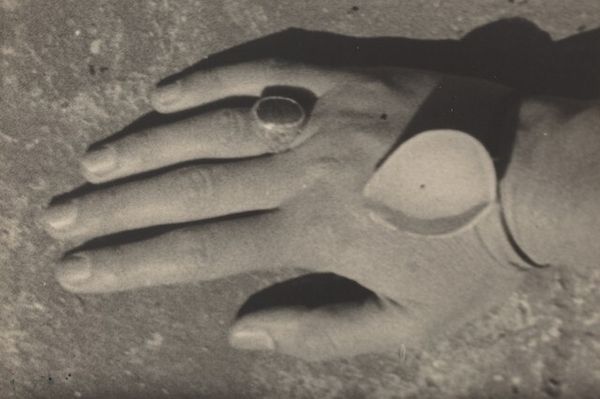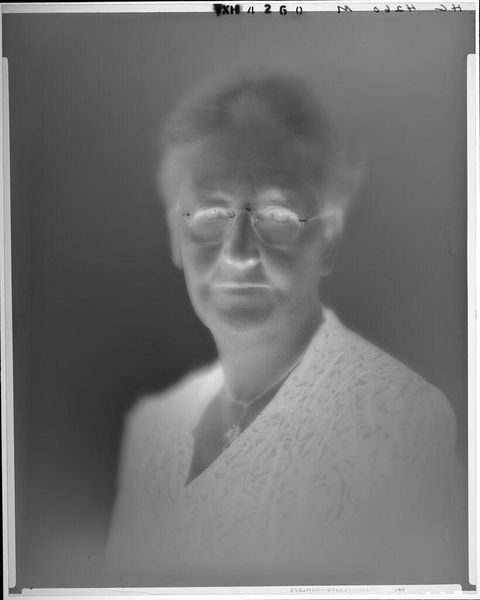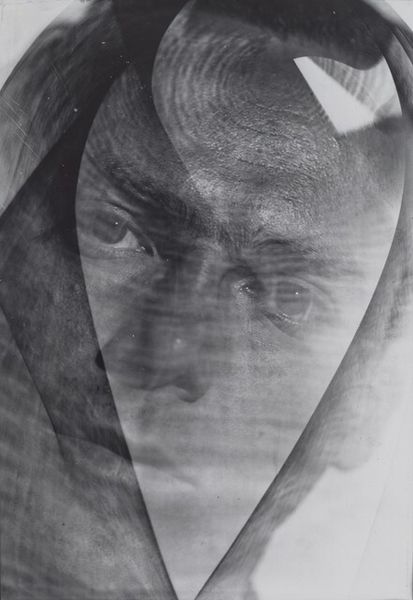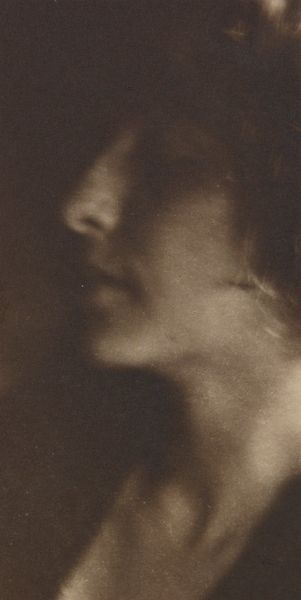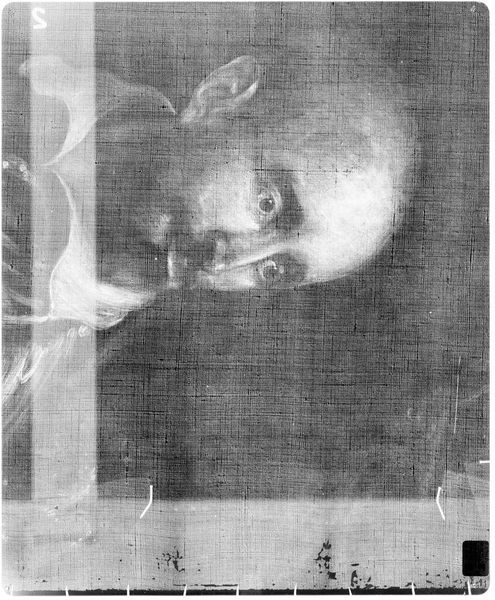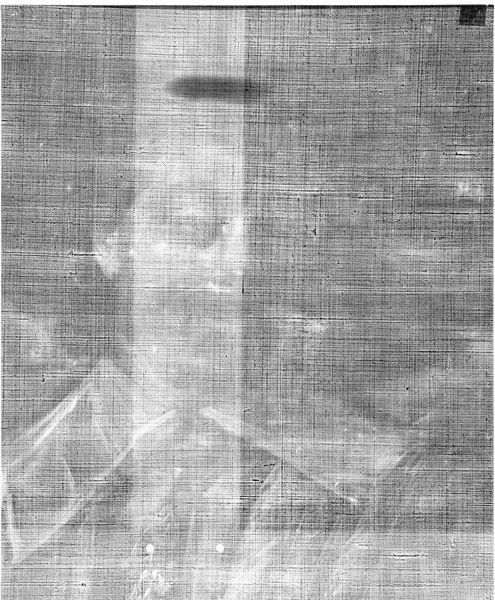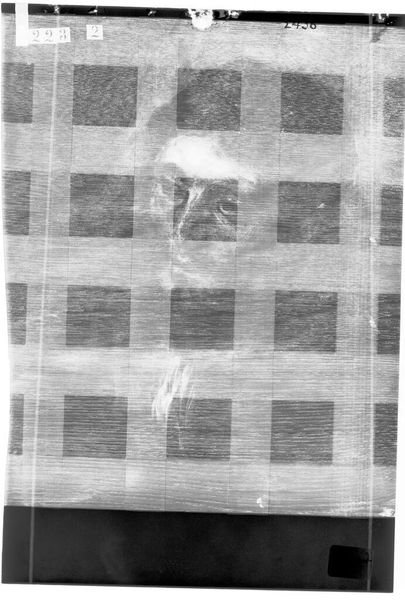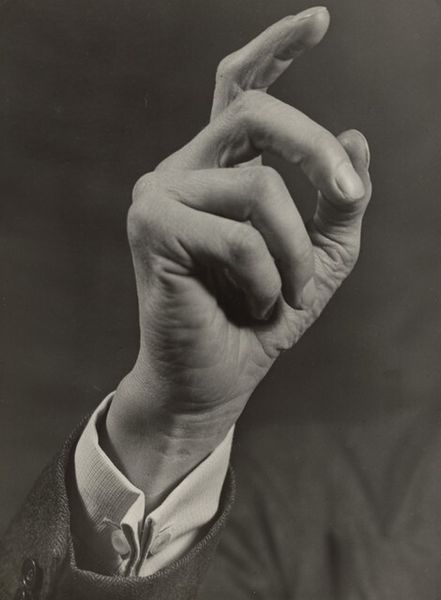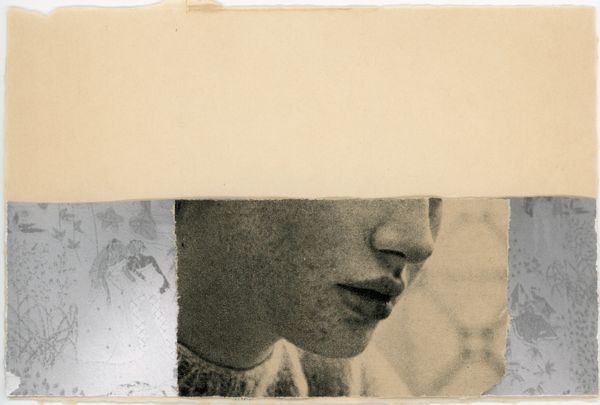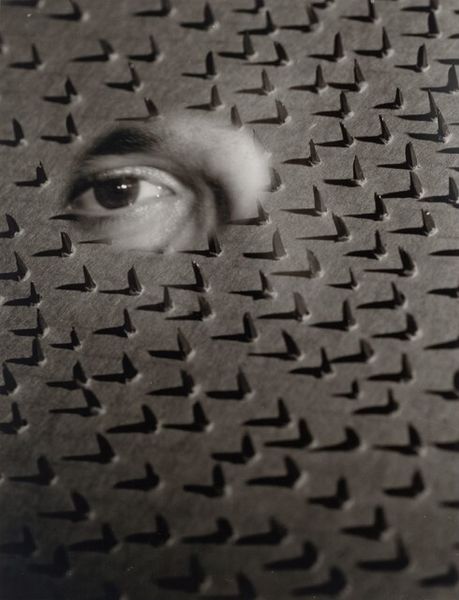
photography
#
portrait
#
new-objectivity
#
portrait
#
photography
#
realism
Dimensions: image/sheet: 9.5 × 7 cm (3 3/4 × 2 3/4 in.)
Copyright: National Gallery of Art: CC0 1.0
Curator: Let's discuss this striking portrait by Aenne Biermann, "Franz Roh," created in 1930. Editor: My first impression is one of intense observation. The extreme close-up and the stark, almost clinical, detail is immediately arresting. You can see the pores of his skin, the reflections in his glasses... it's unflinchingly intimate. Curator: Precisely. Biermann was a key figure in the New Objectivity movement. It's essential to view her work within the context of Weimar Germany, where artists sought a clear, unromanticized view of reality, particularly influenced by the social and political upheavals of the time. Editor: That makes sense. It feels almost forensic in its exactitude. I'm thinking about the production itself: what kind of lens, what type of paper… this level of detail wouldn't have been easily achieved. How did Biermann balance the mechanical aspects with an artistic intent? It goes beyond just pointing and shooting. Curator: Indeed, it reflects a societal fascination with science and objective truth, a reaction against the subjectivity of Expressionism. Roh, the sitter, was himself an influential art historian who coined the term "Magic Realism", and was deeply involved in avant-garde art circles. Biermann likely aimed to capture his intellectual presence, portraying him as a modern thinker. Editor: So there's this interplay between documenting the raw material of his face and imbuing him with a specific persona… the intellectual. And I'm also curious about the material presence of the final print, it has to feel different to confront it physically than looking at this image. The scale, the paper quality... these choices impact our connection. Curator: Absolutely. New Objectivity, while appearing objective, was very much curated. The selection of subject, the cropping, and the printing process – these all construct meaning. Biermann actively participated in shaping how we perceive both the individual and the art world. It's her contribution to the politics of portraiture, in this social period. Editor: Ultimately, seeing Biermann's methodology intertwined with the portrait helps understand how that era thought about the role of art. I hadn't quite understood the weight of "New Objectivity" beyond surface appearance until now. Curator: Likewise. This exploration reinforces for me that photography of this era wasn't just documentation but an active intervention in shaping the image of modernity itself.
Comments
No comments
Be the first to comment and join the conversation on the ultimate creative platform.
